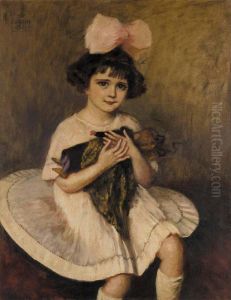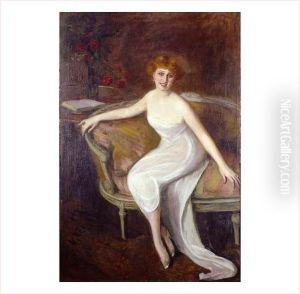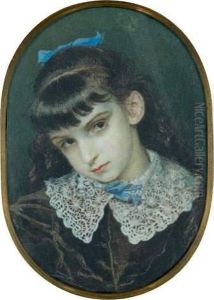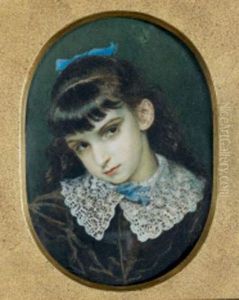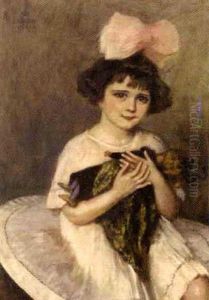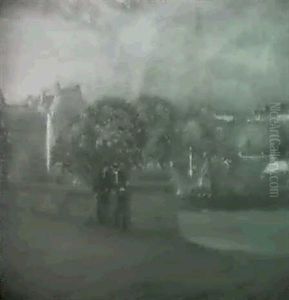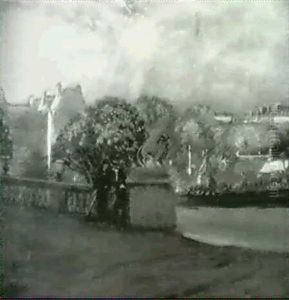Princesse Marie Eristoff-Kasak Paintings
Princesse Marie Eristoff-Kasak, often known as Marie Eristoff or Princess Kasak, was a painter primarily active during the early 20th century. Born in 1891 in Russia into an aristocratic family, she was exposed to the cultural riches of the Russian Empire, a heritage that would deeply influence her artistic career. Unfortunately, due to the limited documentation and scholarly work on her life and oeuvre, there are gaps in her biography that are difficult to fill with complete certainty.
Marie Eristoff-Kasak escaped the turmoil of the Russian Revolution and subsequent civil war, which led to the collapse of the aristocratic world she was born into. Emigrating from Russia, she settled in France, like many of her compatriots. Paris, being a vibrant artistic center, provided fertile ground for her to develop her artistic talents. During her time in France, Eristoff-Kasak became part of the émigré artist community, which included many former Russian nobles and intellectuals who had fled the Bolshevik regime.
Her artistic style was influenced by various movements of the time, including Impressionism and Art Nouveau. Eristoff-Kasak's works are known for their lyrical qualities, delicate use of color, and often romantic and nostalgic themes that hark back to her lost homeland. She painted a variety of subjects, including landscapes, portraits, and scenes of daily life. Her work was exhibited in several galleries, and she participated in art salons and exhibitions, which were the mainstay of an artist's public presence and reputation at the time.
Despite the challenges she faced as an emigrant and as a woman in a male-dominated art world, Princesse Marie Eristoff-Kasak managed to carve out a space for herself and her art. She continued to paint throughout her life, contributing to the cultural life of the Russian emigre community and French society at large.
Princesse Marie Eristoff-Kasak passed away in 1976. While her work may not be as widely recognized as that of some of her contemporaries, it remains a testament to the rich cultural tapestry of the Russian diaspora in the 20th century and offers valuable insights into the experiences and expressions of displaced aristocracy in the aftermath of the Russian Revolution.
